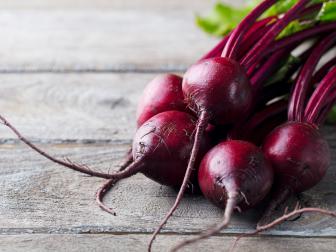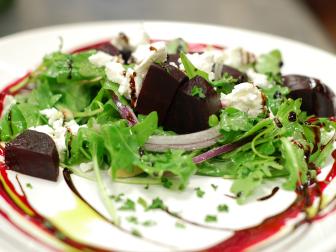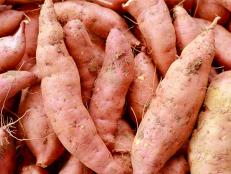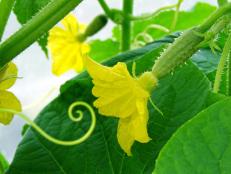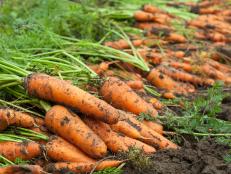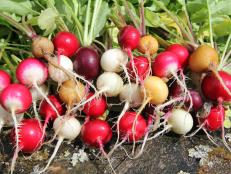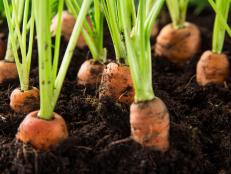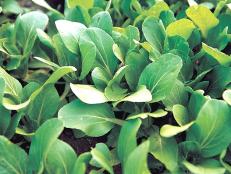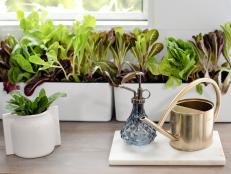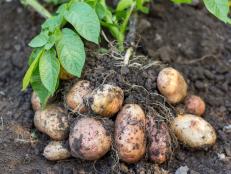Planting and Growing Beets
If you’re looking for a vegetable that’s a cinch to grow and packed with nutrition, you can’t beat beets.
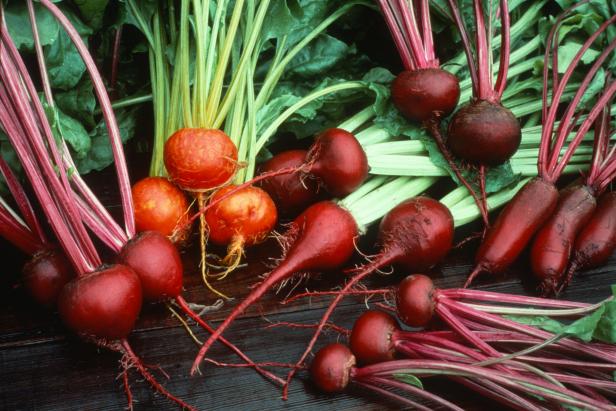
National Garden Bureau

Beets are fast-growing, cool season vegetables that are easy to grow from seed. They're a great pick for fall gardens because they can survive frost and near-freezing temperatures.
Packed with nutrition, they've been a staple ingredient in cuisines all over the world for centuries. Beets are said to have grown in the Hanging Gardens of Babylon. Medieval cooks put them in tarts, Thomas Jefferson planted them at Monticello and Eastern Europeans use them as the foundation for their beloved stew — borscht.
Beets, like Brussels sprouts, are one of those vegetables you either love or hate. Michelle Obama, squarely on Team Beet Hater, refused to plant them in the White House's organic vegetable garden.
One thing about beets that we all can agree on is that they're packed with essential vitamins, minerals and beneficial plant compounds. And while beets are known as a root vegetable, you can eat the greens as well as the roots. The leaves are even more nutritious than the roots.
Here's what you need to know about planting beets and growing beets.
Beets 101
Beets thrive in spring and fall gardens when the air temperature is below 75 degrees. They are fast growing; most varieties are ready to harvest about two months after planting. You can harvest their leaves even sooner and leave the roots in the ground to continue maturing.
To guarantee success at growing beets, look for bolt-resistant varieties that won't bolt (mature and set seed) in warm weather.
Mature beet roots range in size from 1 to 3 inches in diameter, depending on the variety. Growing beets from seed is easy. If you don't have a garden, try growing beets in containers.
Beets are most commonly a dark red color, but there are beet varieties in hues ranging from white to yellow to a candy cane-striped red and white heirloom variety known as 'Chioggia.'
Botanical Name: Beta vulgaris
Common Name: Beets
Plant Type: Vegetable
Hardiness Zones: 2 to 11
Planting Beets
Start your first row of beet seeds in early spring after the last frost. Plan on making successive plantings — planting a new row of seeds — every 2 to 3 weeks until midsummer.
For a fall garden, sow beets from midsummer through early fall, starting six weeks before first frost. You can do successive planting in Zone 9 and warmer.
In early spring, when soil is still cold from winter's chill, germination takes up to 3 weeks. In summer, seeds germinate in as little as 5 days.
Choose a spot that gets full sun. They need at least six hours of sunlight per day.
Loosen the soil before planting, removing rocks, roots and other obstacles so beet roots have room to grow round.
Sow seeds directly into the ground in the garden, 1/2 deep and 2 inches apart, in rows.
Keep the soil moist to optimize germination.
Thin the beet seedlings to 3 inches apart when they're about 4 inches tall.
Growing Beets
Mulch and water beets regularly, giving about 1 inch of water per week when there is no rain.
Weed as needed. Be careful not to disturb beets' shallow roots.
Go easy on fertilizer. Too much nitrogen from fertilizer will produce lots of green and pitifully small roots.
Pests and Diseases
Beets are vulnerable to the following:
- Leaf Miner
- Leaf Spot
- Cercospora (a type of infectious fungus that produces spots on leaves and eventually kills plants)
- Leafhoppers
- Mosaic Virus
- Flea Beetles
Companion Plants for Beets
Beets are relatively easy to grow but they can benefit from being planted before and after certain other garden crops.
Harvesting Beets
Most beets are ready to harvest between 55 and 70 days — or about two months – after planting.
Harvest beets when roots are at least the size of a golf ball. Large beet roots are tough and bitter.
Harvest the beet greens any time, taking one or two mature leaves from each plant and leaving the root in the ground to continue producing more leaves.
Recommended Beet Varieties
'Chioggia' is an heirloom beet with candy-striped, concentric red and white circles. It takes its name from an Italian fishing town where it was first cultivated. It has a sweet flavor with root bulbs 3 to 4 inches in diameter.
'Crosby Egyptian' is an heirloom developed in Germany and brought to the United States in the 1860s. Produces a 3- to 5-inch diameter bulb that's deep red.
'Detroit Dark Red' is a classic dark red heirloom introduced in the 1890s. Produces deep red, 3-inch root bulbs and deep green leaves.
'Burpee's Golden' produces 2-inch wide golden globes with a sweet, mild taste. It matures in just 50 days.
'Moulin Rouge' has deep magenta roots 1 to 2 inches in diameter with a sweet, rich, beety flavor.
Beet Recipes from Food Network
Add beet's earthy flavor to your table with Food Network's best beet recipes.







